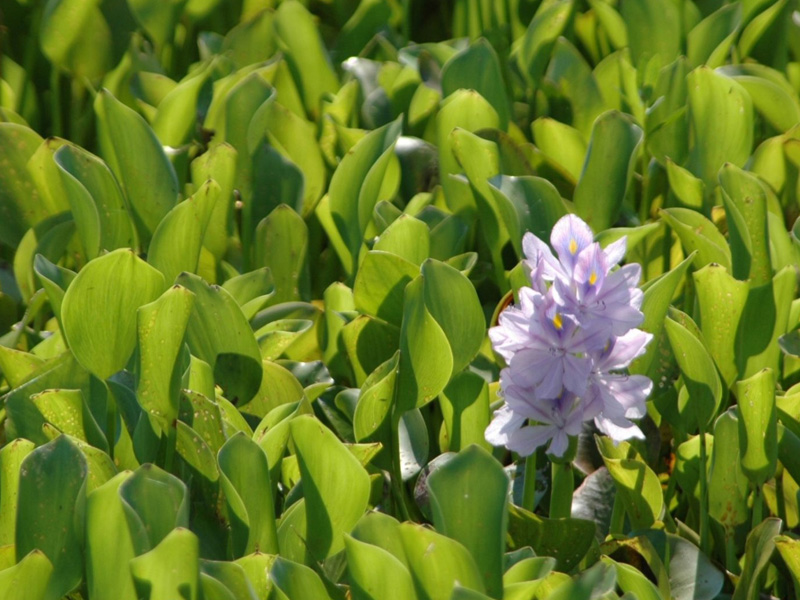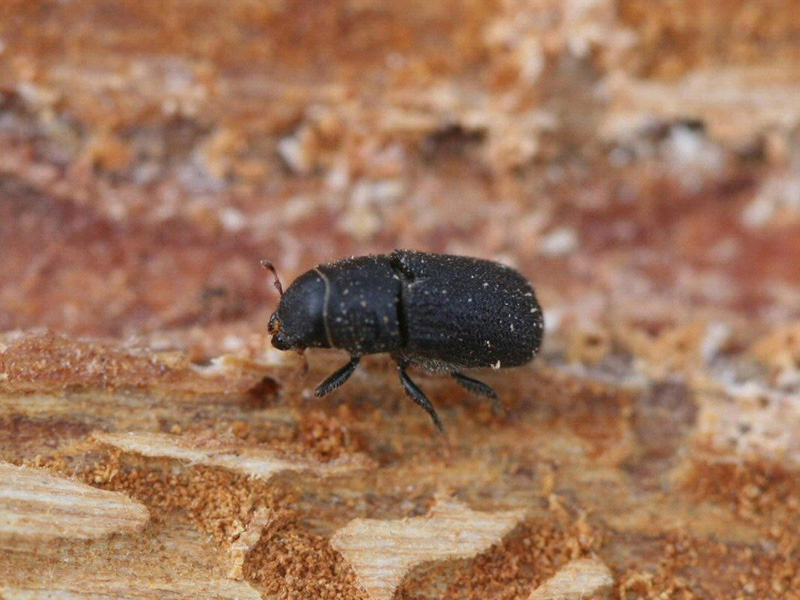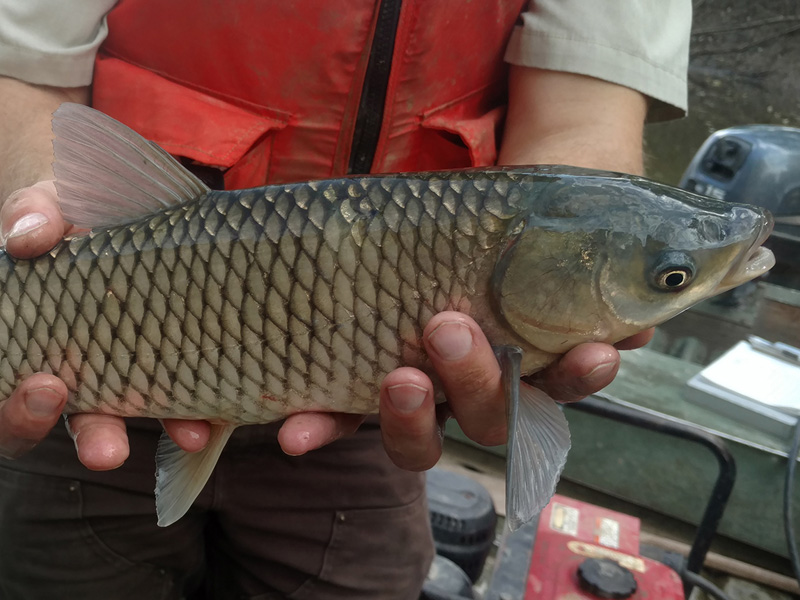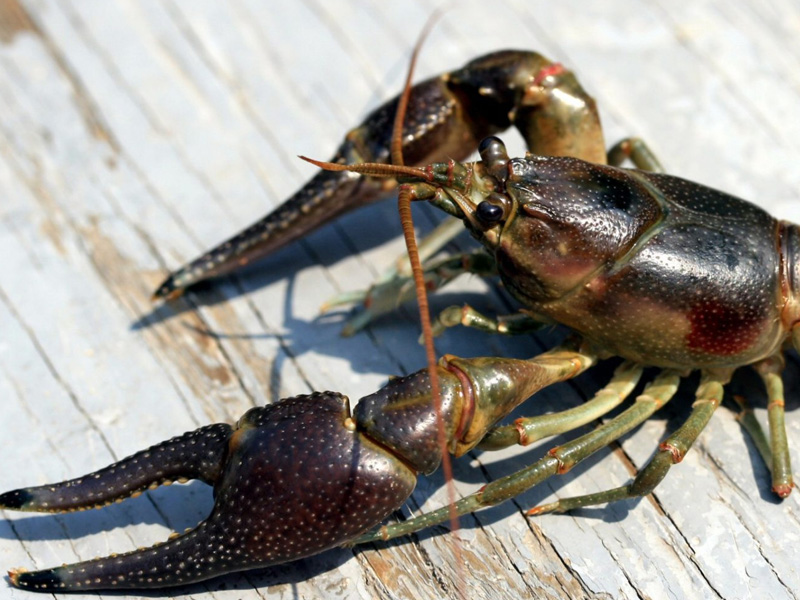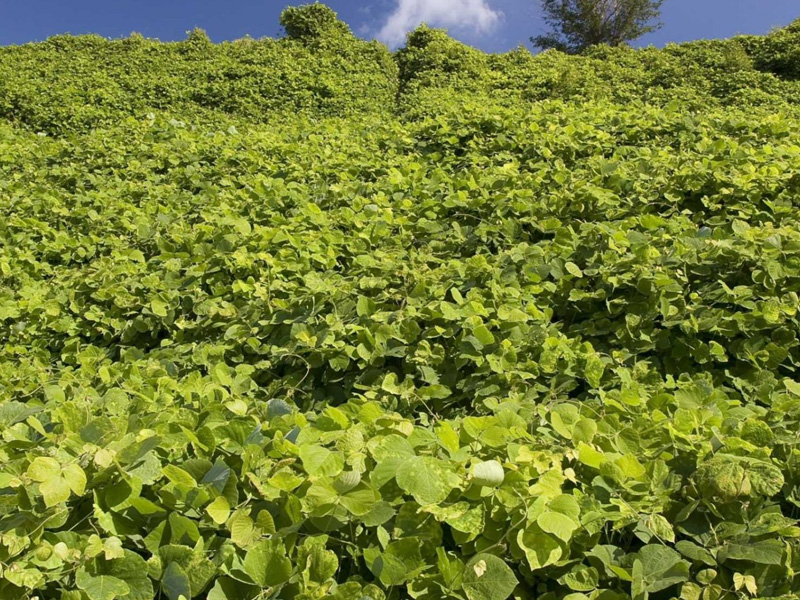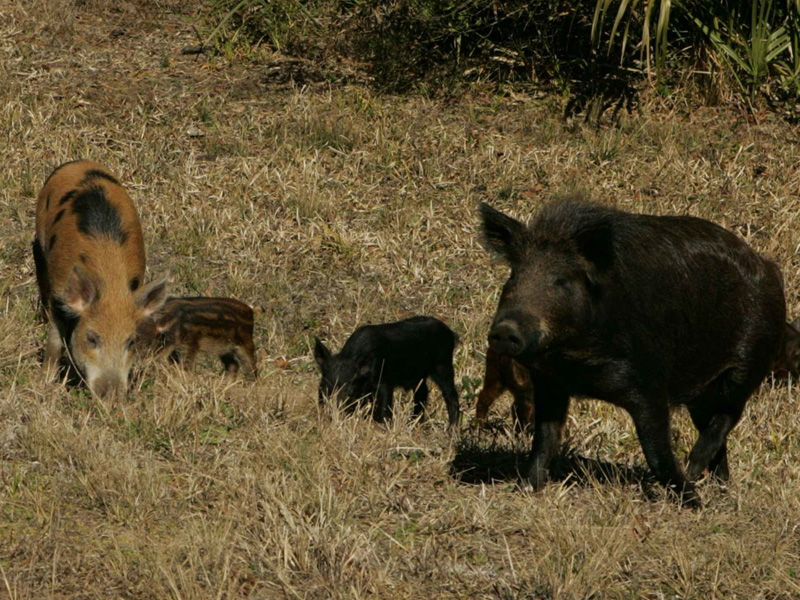Invasive Aquatic Plants
Invasive aquatic plants can be free floating, floating and rooted in sediment, rooted and submergent (underwater), or emergent (partly under and partly above the water’s surface). They can affect recreational activities (e.g., boating, fishing, swimming), displace native vegetation, slow down water flow, and alter oxygen levels. Aquatic plants are introduced and continue to spread by shipping vessels, recreational and commercial boating, and the aquarium and water garden trade.
Forest Pests & Pathogens
Invasive Fish
Invasive fish species impact our aquatic ecosystems by competing with native fishes for food and habitat, altering food webs, and preying on sport fish eggs and larvae populations. Invasive fish can be introduced and spread in a variety of ways including ballast water, movement of bait, the aquarium and water garden trades, live food fish, unauthorized introductions, and canals and water diversions.
Invasive Invertebrates
Invasive invertebrates can be crayfish, snails, mussels, clams, waterfleas, or mysid that impact our aquatic ecosystems by competing with native species for resources, such as food and habitat, and can destroy native fish spawning habitats.
Invasive Terrestrial Plants
Invasive terrestrial plants in a forest ecosystem can be trees, shrubs, or herbaceous plants that have been moved from their native habitat to an introduced area where they are able to reproduce quickly and crowd out native species. These plants are introduced and spread by infested packaging material, seed dispersal by both environmental and human sources, or by escaping from gardens.
Invasive Wildlife
Invasive wildlife can destroy native ecosystems, damage plant communities, create habitat for other invasive species, compete with native wildlife, spread disease, and decrease biodiversity. These animals can be introduced to the landscape when they escape captivity, or are intentionally released.
Header photo by Ontario Federation of Anglers and Hunters
